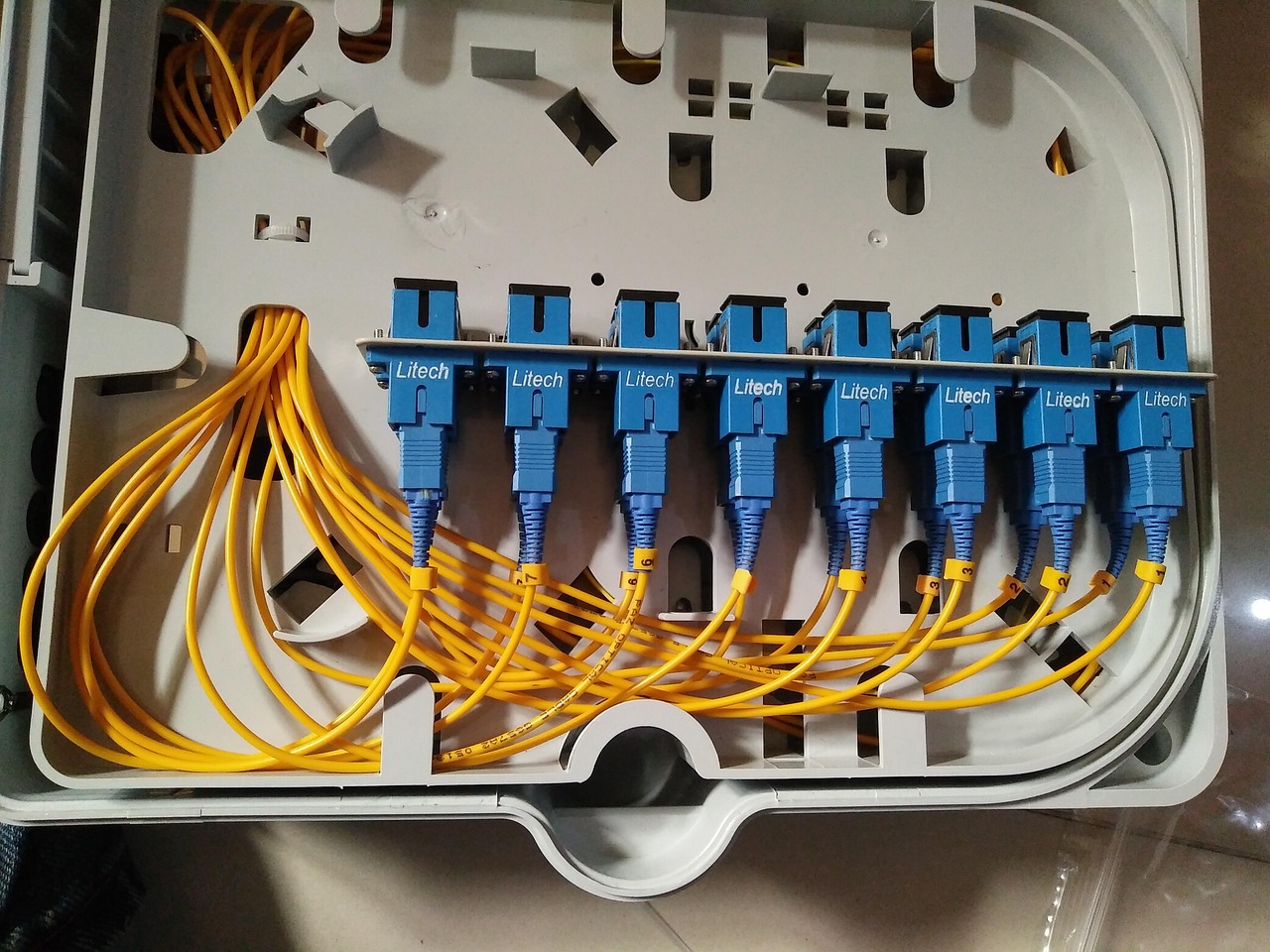Mobile communication offers a multitude of services—from voice calls, the foundation of telecommunications, to data transmission, which plays a crucial role in business processes. Typically, all these services utilize a single physical network, represented by base stations and switching systems.
However, during peak load moments, certain services may become unavailable. This is particularly critical for services such as security data transmission, emergency services communication, and support for medical institutions. An ideal solution for ensuring operability is the creation of separate networks, although this requires significant investments.
Solution: Network Slicing
Network slicing provides a method to segment a single physical network into multiple virtual networks, each designed for different services and users. For instance, one slice may handle security system data transmission, while another focuses on communication with emergency services. This approach allows for efficient infrastructure utilization and uninterrupted service for various user groups.
Network slicing operates by dividing physical infrastructure into several virtual networks, such as those for IoT or video streaming. Each slice is allocated the necessary resources, and isolation enhances security. Modern telecommunications software monitors performance and can quickly adapt resources to user needs.
Elements of Network Slicing:
- Hardware: The physical infrastructure, such as routers and switches, is essential for supporting various virtual networks.
- Telecommunications Software: Management and orchestration software for network slices enables configuration, monitoring, and optimization of virtual networks. Here is an example of such software.
Advantages of Network Slicing:
- Efficient Resource Utilization: Virtualization allows for optimal use of hardware and software.
- Support for Diverse Services: Each slice can be tailored for specific applications, ensuring the necessary quality.
- Flexibility and Scalability: Operators can quickly adapt networks to changing market demands.
- Cost Reduction: Effective resource management helps lower expenses.
- Support for 5G: Network slicing is critical for utilizing 5G capabilities.
- Enhanced Security: Each slice can have its own security measures.
Use Cases of Network Slicing:
- Emergency Services: Network slicing creates separate virtual networks for emergency response services.
- Healthcare: In hospitals, network slicing supports medical applications for remote surgery.
- Industrial Automation: In manufacturing, network slices can be adapted for controlling robots.
- Autonomous Vehicles: Network slicing establishes dedicated channels for rapid data transmission.
Network slicing is becoming an indispensable tool for telecommunications operators aiming to improve service quality and optimize costs. With the support of 5G and new technologies, network slicing will play a key role in the future of telecommunications, providing reliable and secure communication for all.
Thus, the development of network slicing will not only improve service quality but also create new opportunities that will change our lives. Innovations in this area will lead to the creation of secure, efficient, and adaptive networks that meet the demands of a rapidly changing world.
You can find the description of Epol Soft’s competencies in the field of software development for telecommunications here.

